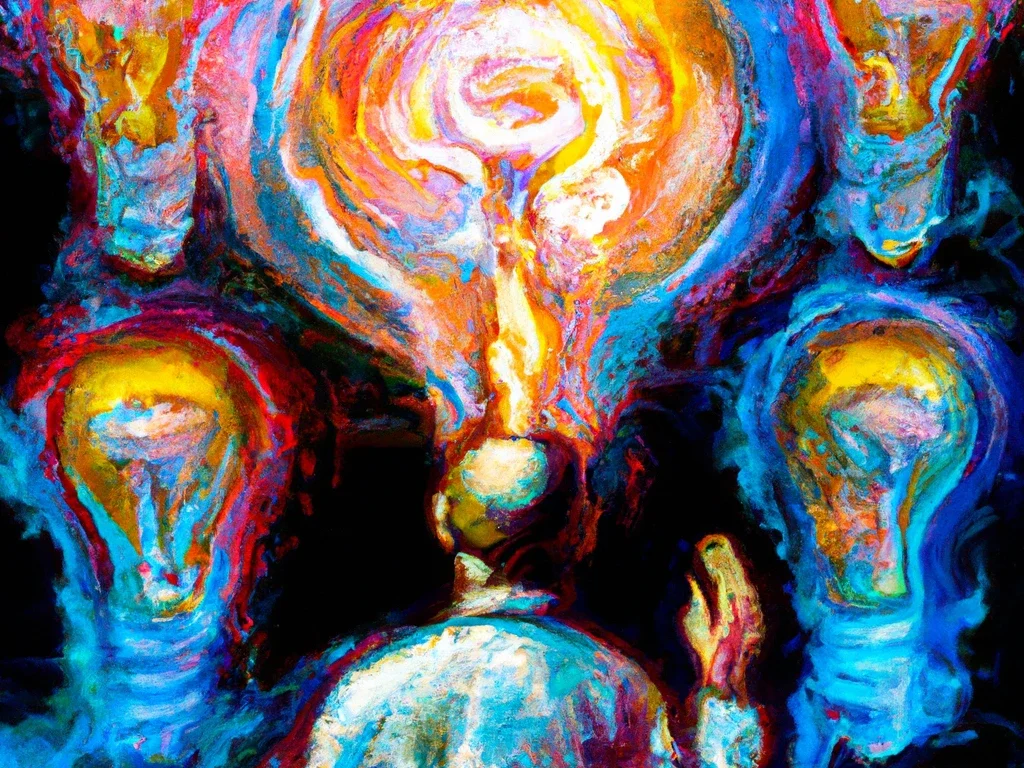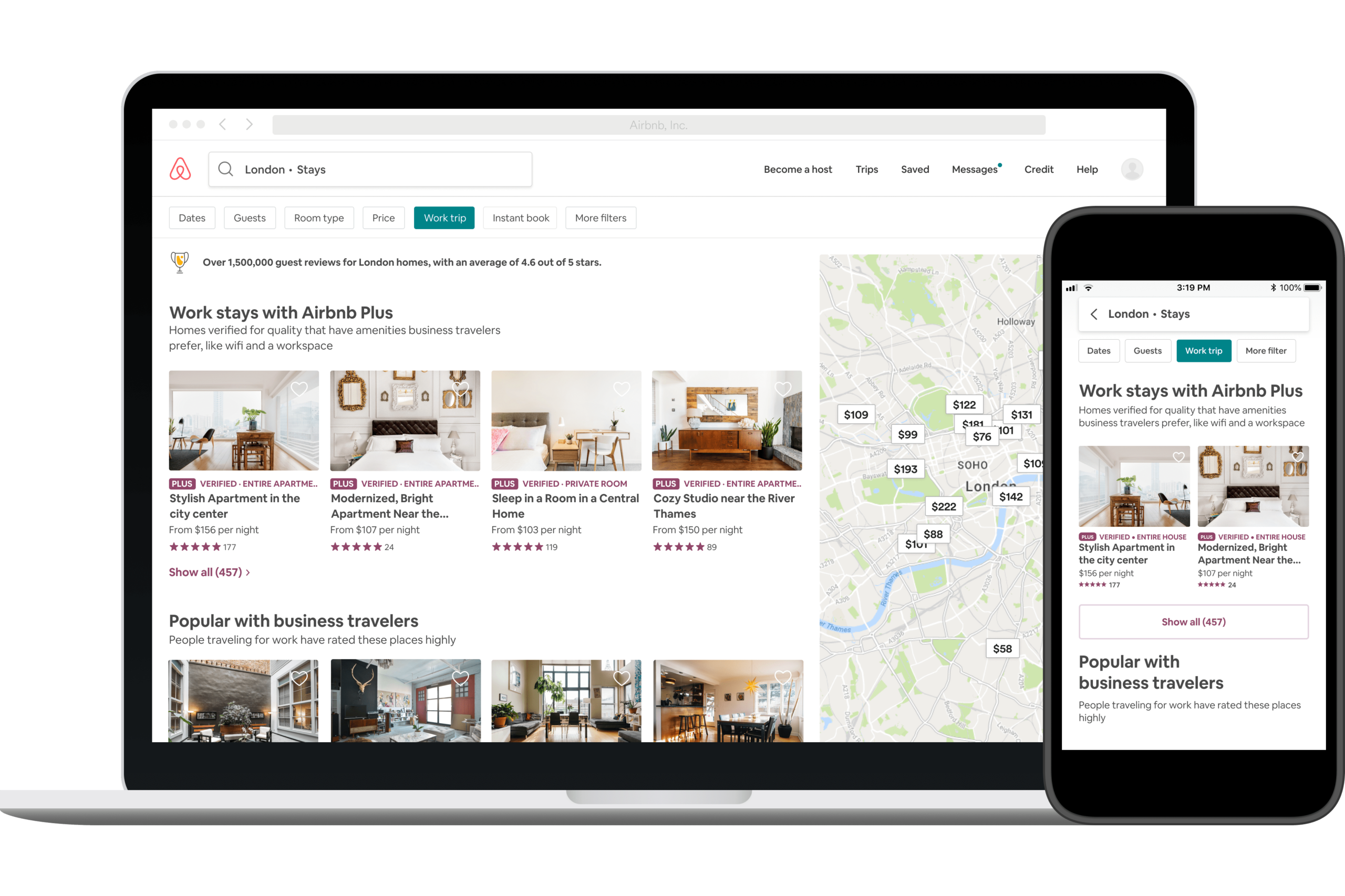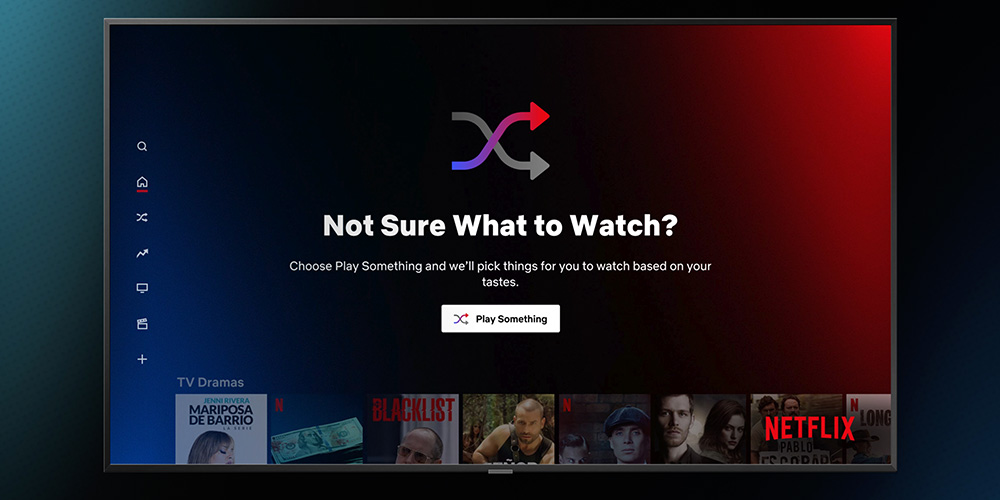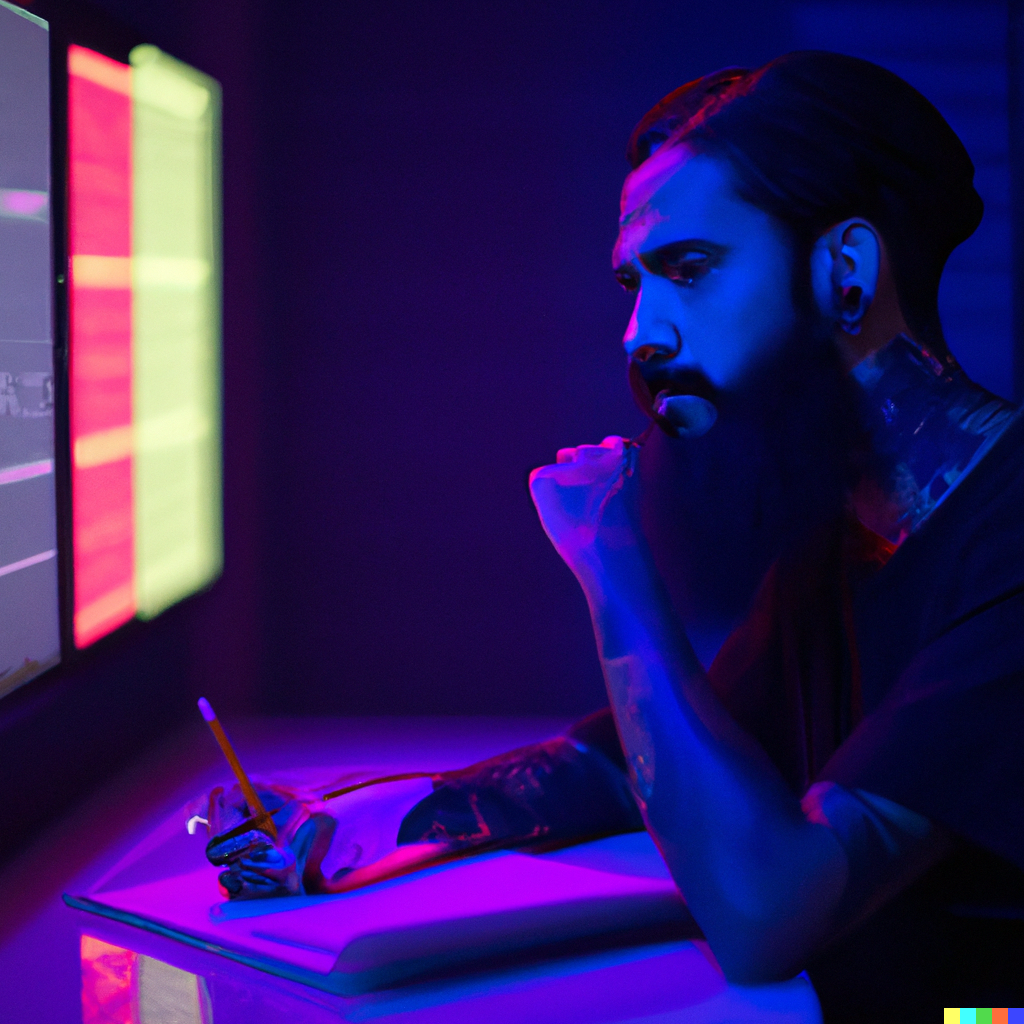As we delve into the future, it’s crucial to reflect on how emerging technologies like artificial intelligence (AI) are revolutionizing industries globally. One such sphere ripe for disruption is User Experience (UX) Design. With the proliferation of AI capabilities, UX designers might find themselves pondering the future of their roles. But how the traditional role of UX designers is being disrupted? Will in the future AI be the primary force driving UX Design? Will AI ever replace UX Designers, or will it morph into an unexpected ally? Let’s embark on this exciting journey together!

Decoding the AI Effect on UX Design
Traditionally, the design process has been a human-centric task. UX designers leverage creativity, empathy, and intuition to create interfaces that resonate with the end-users. They iterate and test designs, integrating feedback to refine the final product continually.
However, AI’s rise has made its presence felt in the design world, triggering paradigm shifts. AI algorithms, coupled with Machine Learning (ML), can analyze vast quantities of data, understand patterns, and predict user behavior. These algorithms generate design elements that best suit individual users, effectively personalizing the UX design process.
From Concept to Reality: AI’s Impact on UX Design
Take the case of Airbnb, a pioneer in leveraging AI in UX design. The platform uses an advanced AI-driven recommendation system to enhance its users’ search and booking experiences. It does this by considering a variety of factors. Previous bookings are one of the most substantial factors, as the AI system uses this data to understand the user’s preferences. For instance, if a user often books seaside properties or has shown preference for downtown apartments, this information is used to tailor future recommendations.
However, the AI does not stop there. It goes beyond simple historical data and also analyzes user’s on-site behavior, including click patterns and the time spent viewing specific listings. By understanding what captures the user’s attention, the AI can refine the recommendations further.
Furthermore, AI analyzes a user’s interaction with the platform, including their queries and filters applied during their search. The AI learns from these cues to offer personalized search results, further improving the user’s booking experience. This sophisticated AI integration has dramatically improved user engagement and conversion rates, demonstrating the power of AI in UX design.

Similarly, Netflix’s recommendation system, powered by AI, analyses the user’s viewing history, including the genres, actors, directors, and even the time of day or week when the user watches certain types of content. It uses this data to provide users with personalized content suggestions.
Moreover, Netflix’s AI system leverages collaborative filtering, a machine learning technique. This means it not only uses a user’s viewing history but also considers the viewing patterns of other users with similar tastes. By doing so, the recommendation system can suggest content that the user hasn’t watched yet but is likely to enjoy, based on the preferences of like-minded users.
The AI also takes into account how a user interacts with the platform. It analyses which trailers a user watches, how long they spend on the platform, and even how they rate and review content. These subtle details contribute to creating a more personalized and engaging user experience, contributing significantly to Netflix’s success in the highly competitive streaming industry.

In both these examples, we see how AI is not just an add-on, but a core part of the UX design, transforming the way users interact with these platforms. The result is a highly personalized, intuitive user experience that continues to evolve and improve with every interaction.
A Future of AI-Driven UX Design
Imagine a future where AI is the primary driving force behind UX design. With more sophisticated algorithms and increased computational power, AI could potentially anticipate user needs before they do.
In this future, consider an e-commerce platform designed entirely by AI. Each user would be presented with a unique interface tailored to their tastes, shopping history, and even current mood, detected through sentiment analysis. Products are displayed based on the user’s previous purchases, the weather in their location, upcoming occasions, and even trends from their social media activity. The user no longer needs to search for what they need; the AI platform predicts and presents it to them, leading to a frictionless shopping experience.
AI and UX Designers – An Unlikely Alliance?
While it may seem that AI replacing UX designers is a foregone conclusion, there’s another perspective worth considering. Design, after all, is not purely a mechanical process. It requires intuition, emotional intelligence, and a deep understanding of human nature, attributes that, AI hasn’t yet fully mastered.
In the future, rather than seeing AI as a replacement, UX designers could view it as a tool that augments their abilities. AI can take over repetitive tasks, analyze data, and generate initial design drafts. This leaves designers free to focus on higher-level creative and strategic tasks.
The best way to think about these new generative tools is that they replace a lot of the tedium that you used to have to do. Instead of manually determining what the design might be you can sit back, and you can say, “Oh, that’s going to take care of all those details for me, but I have to tell it what I want.” When it produces something, I have to look at it and say, “That’s not what I want,” and I have to modify what I do.
Don Norman
In essence, AI has the potential to become the ultimate design assistant, taking the UX design process’s efficiency and personalization to unprecedented levels. As AI continues to evolve and grow more sophisticated, the collaboration between AI and UX designers might just usher in a new era of design, characterized by a seamless blend of human creativity and AI efficiency. The designer’s role then evolves from purely creating to guiding, supervising, and enhancing the creative process that AI helps drive.
UX design’s future is a fascinating intersection of human creativity and artificial intelligence. It isn’t a tale of replacement but rather one of transformation and collaboration. And in this future, the ultimate winner is the user, who will enjoy more personalized, intuitive, and engaging experiences than ever before.
Important Notice: The articles, insights, and opinions I express here on UX Parrot are solely my own, arising from my personal journey in the UX industry. They do not represent or affiliate with the views or stances of any organization I’ve been associated with in my professional capacity, past or present. Sina Ranjbar.


